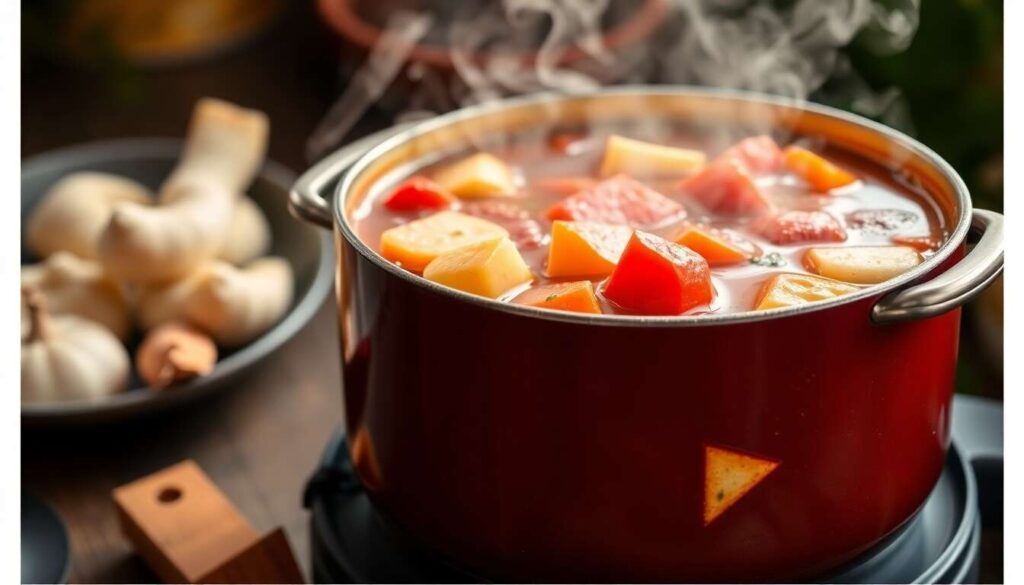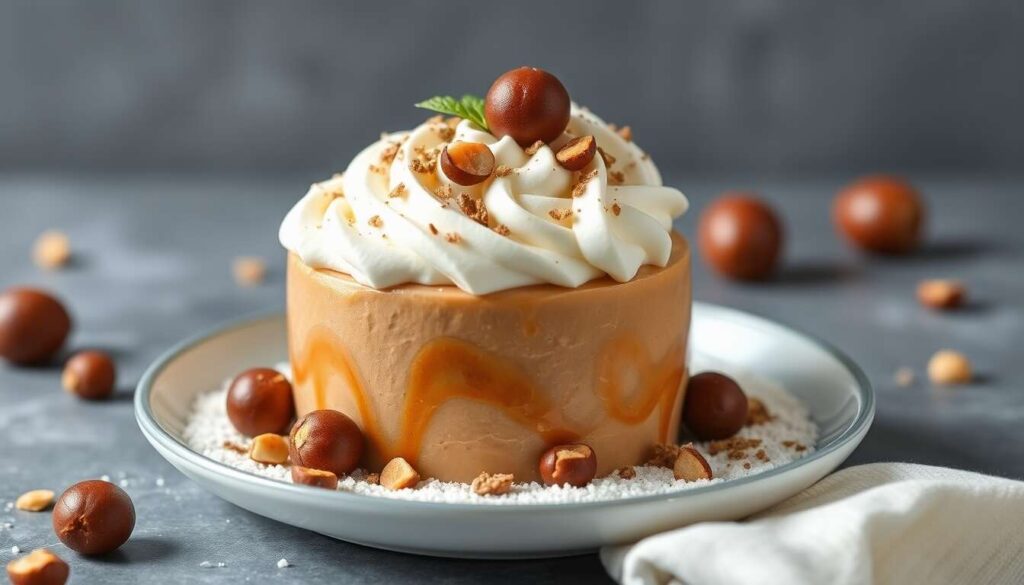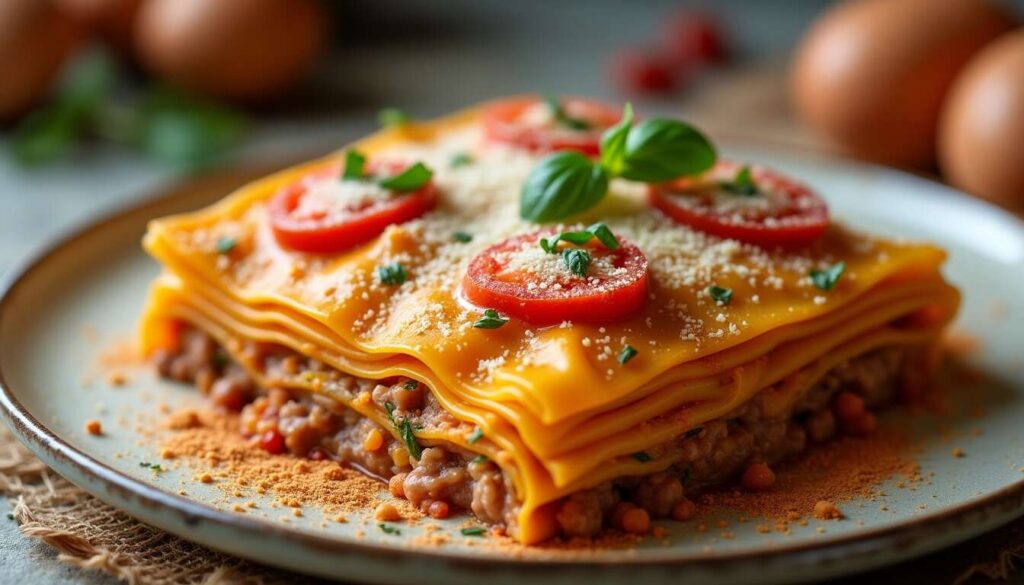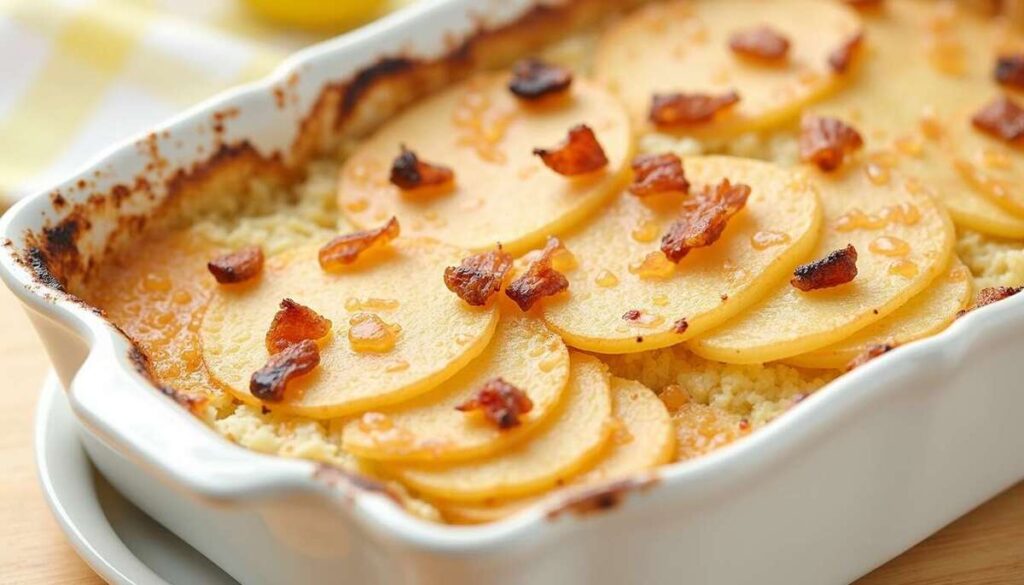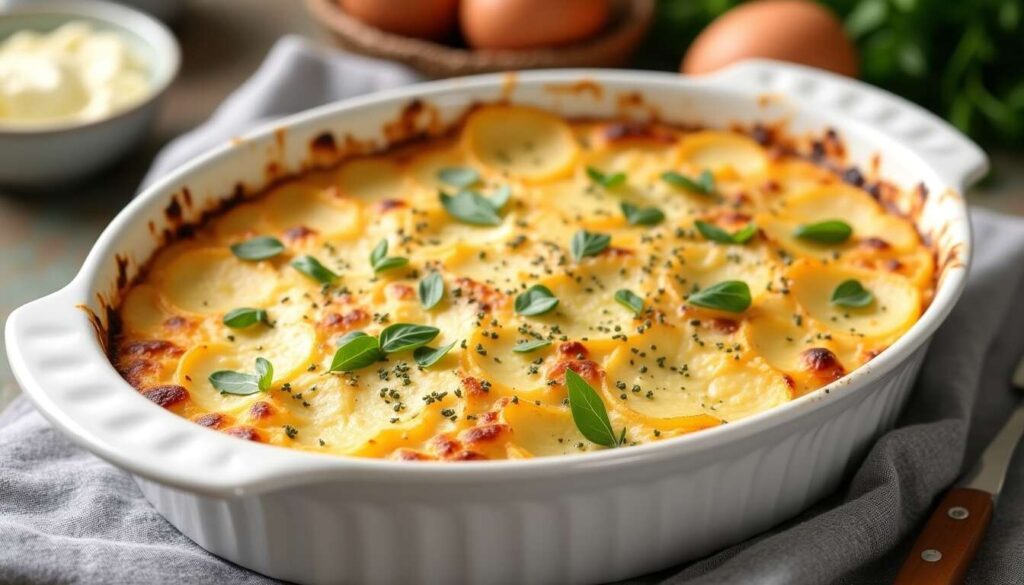Pot-au-feu, a quintessential dish of French slow cooking, has long delighted lovers of comforting and hearty cuisine. However, the secret to a successful pot-au-feu lies not only in ingredient selection but also in the finesse of seasoning. A common pitfall is adding salt too early in the cooking process. Let us explore together why this practice should be avoided and how the art of salting can elevate your pot-au-feu into a culinary masterpiece.
Understanding the Role of Salt in Pot-au-feu
The Impact of Salt on Food
Salt is much more than a mere seasoning; it plays a crucial role in flavor development and texture refinement. Specifically in pot-au-feu, a slow, prolonged cooking method allows flavors to meld deeply. However, adding salt too early can hinder aspects of this culinary alchemy.
The Benefits of Late Seasoning
When added later in the cooking process, salt helps to preserve the ideal texture of the various meats and vegetables. This technique maintains a harmonious flavor balance and avoids over-saturation in certain areas of the dish, resulting in a perfect equilibrium among the diverse flavors.
To better appreciate the implications of premature seasoning, let us examine the specific effects of salt on meat texture during pot-au-feu preparation.
The Effects of Early Salt Addition on Meat Texture
A tougher, less juicy meat
One of the most notable side effects of adding salt too early is that the meat may become firmer. This phenomenon occurs because salt extracts moisture from the meat fibers, which can cause them to toughen. This compromises tenderness, a vital element for fully savoring a fine pot-au-feu.
Understanding Salt Diffusion
Salt added at the beginning of cooking tends to create a crust on the surface, limiting its uniform absorption. Conversely, salting at intermediate or final stages allows for more even penetration, enabling the salt to enhance the intrinsic flavors of each ingredient harmoniously.
Now that we have addressed texture-related issues, let us recognize how the right balance of flavors is essential for a successful pot-au-feu.
The Importance of Flavor Balance
Harmonizing Flavors for an Optimal Tasting Experience
In gastronomy, each ingredient in a dish should complement one another to create a complete experience. By adding salt at the right moment, you enable each flavor profile to express itself fully. Pot-au-feu, with its combination of juicy meats and tender vegetables, requires a delicate balance easily disturbed by improper seasoning.
Seasoning Techniques for Balancing Flavors
- Avoid over-salting at the beginning of cooking: this allows for better control of salt levels at the end.
- Taste regularly throughout the cooking process to adjust according to individual preferences.
- Incorporate herbs and spices to enhance the flavor profile.
By managing the balance of flavors, you can significantly elevate the quality of your pot-au-feu. However, to fully master the art of this dish, let us examine how seasoning can be optimized throughout the cooking process.
Optimizing Seasoning During Cooking
Sequential Approaches to Salt Addition
Effectively seasoning your pot-au-feu requires deploying several key strategies. Salting gradually as you cook gives you better control over how the flavors meld together. Here’s a suggested approach:
- Step one: Add a pinch of salt at the beginning to initiate flavor development.
- Step two: Adjust midway through to deepen the flavors.
- Final step: Refine seasoning towards the end of cooking to achieve the desired final taste.
The Importance of Monitoring Taste
All the care taken to optimize flavor would be incomplete without continuously tasting throughout the cooking process. By sampling frequently, you ensure that the dish does not become overly salty, helping to maintain that delicate and delicious balance that characterizes a successful pot-au-feu.
With these techniques in mind, let us explore the best practices that will guide you in creating an exceptional pot-au-feu.
Best Practices for a Successful Pot-au-feu
Choosing the Right Ingredients
A successful pot-au-feu begins with a meticulous selection of ingredients. The quality of meat cuts and the freshness of vegetables directly influences the final result. Opt for seasonal produce to achieve refreshing and rich flavor.
Following Classic Recipe Steps
Mastering traditional techniques ensures an optimal outcome. Slow simmering, maintaining a consistent temperature, and respecting cooking times are paramount in enhancing your pot-au-feu.
- Avoid adding vegetables too early to preserve their texture.
- Simmer on low heat to encourage harmonious infusion of flavors.
- Use filtered water to prevent contamination by undesirable tastes found in tap water.
By adhering to these guidelines, you ensure not only the success of your pot-au-feu but also a delightful culinary experience for your guests.
By applying a well-thought-out salting strategy and selecting the right ingredients, you can ensure that every minute spent in the kitchen rewards you with a pot-au-feu worthy of a family feast or a dinner among friends.

